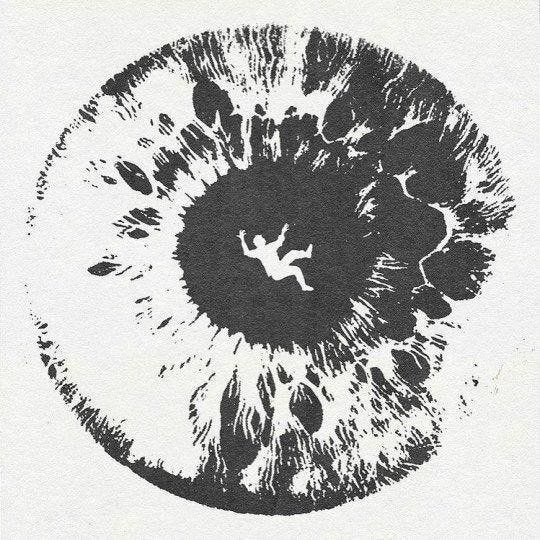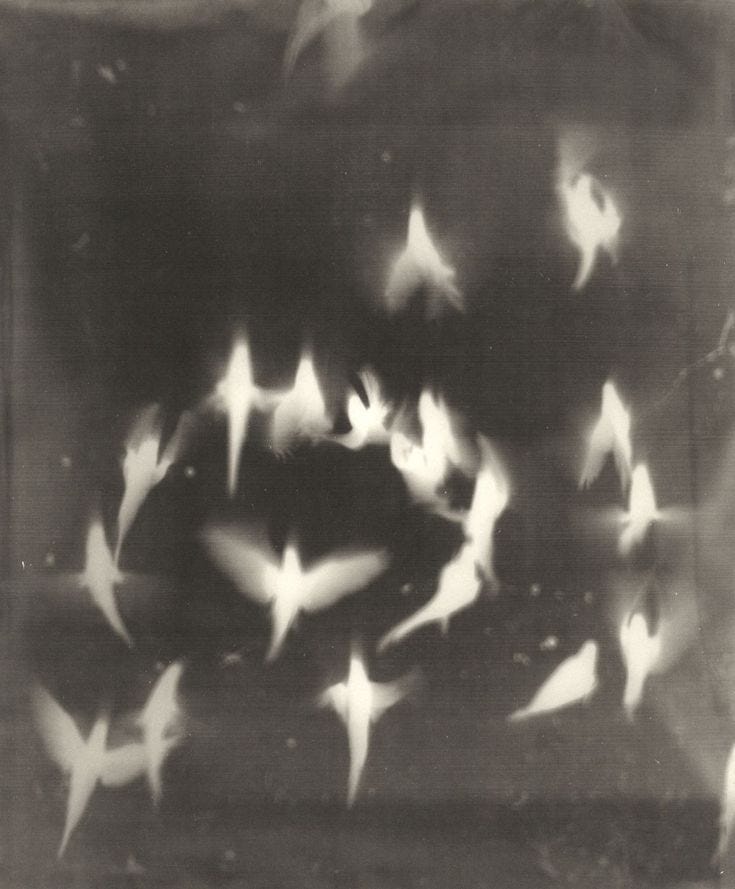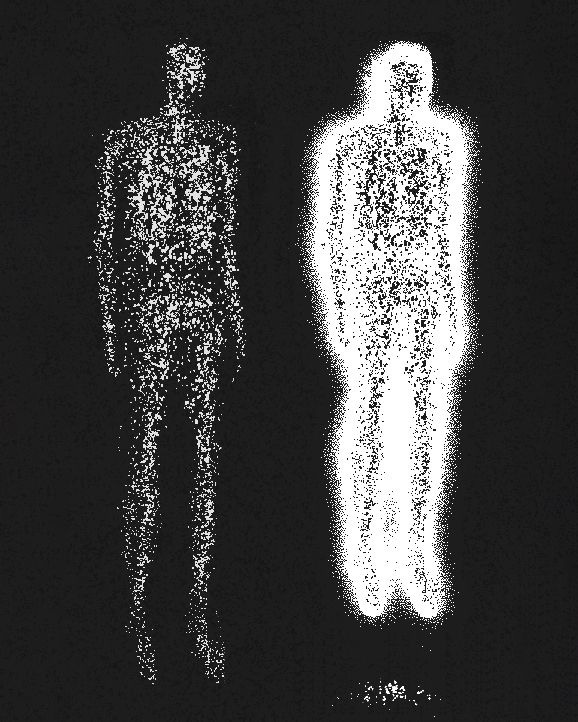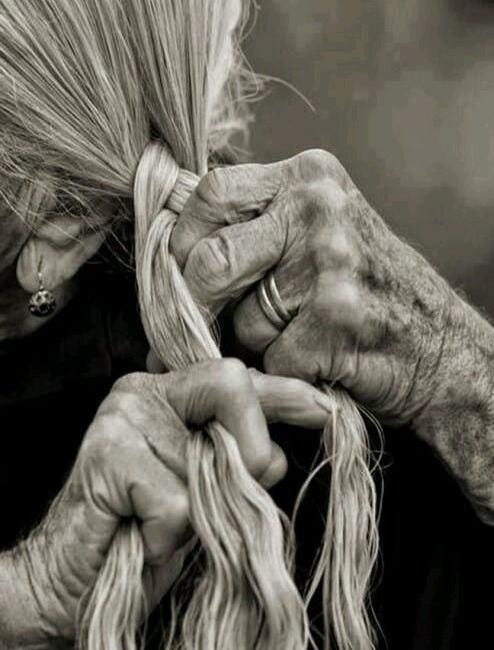Seeking an artistic tribe for an emerging cultural paradigm
For all the living beings whose heart burns to see a new world emerge
This manifesto essay marks the beginning of the Second Renaissance Art Collective. It lays out our vision and principles, setting the stage for what we hope will be a new artistic tribe and movement. This work comes from a deep place in my heart, and I'm eager to hear how it resonates with others—whether it speaks to them, intrigues them, or even challenges them. We welcome it all.
This essay outlines the 10 guiding principles of Second Renaissance Art. It is a call for a transformation in how we relate to art—moving beyond the idea of art as a mere commodity to embracing it as an integral part of life itself.
We're eager to connect with those who feel, as we do, that our relationship to art is in need of a profound shift. Let’s explore together who resonates with this vision and who feels called to help bring about this transformation.
Please share this with artists and others who feel called to this revolution in the art world.
Art of a Second Renaissance Manifesto Essay
From the cave paintings of Lascaux to today's work, human beings have been artists. Art touches an important dimension of our humanness because it touches our soul. Artworks are the historical witness of our inquiry into consciousness. This essay about the art of the Second Renaissance attempts to paint in outline the essence of this new artistic inquiry.
Introduction
Guiding question: what is the responsibility of the artist in society - and in this particular moment of profound societal, ecological and spiritual crisis?
Throughout history, art participates in envisioning and birthing new worlds. Amid societal, ecological, and spiritual crisis, as globalized modern civilization dies, artists are called to embrace their responsibility: to help society navigate a turbulent transition – the darkness before dawn. To connect with soul, explore and communicate meaning, and heal the rift between worlds in pursuit of a Second Renaissance – this is the artists’ call.
The artist is, at once, a child at play and a priest at the threshold, from old paradigm to new. As modernity declines, post-modern refusal of truth cannot sustain cultural renewal. Through deep inquiry, artists must steward the difficult journey of healing, to propel us beyond the cult of the individual and nihilism to a truth beyond self, a truth of inter-being with our present, past and future.
‘Meaning’ the north star of humanity
What is unique to humanity is our quest and creation of meaning through art and philosophy. The act of creating is an expression and inquiry about the meaning of Life. This is what gives artists the role of being the priests at the threshold of transformation.
Because we are meaning creating beings, we swim in a world made of concepts. Concepts so strong that when we dream, the world we make through them seems real, yet dreams have no physical existence. Artists are the alchemists of the meaning world, creating new interactions, opening new interpretations that were hidden from our sight.
E(i)nquiry, into and beyond self
To have transformative value, our own inquiry as artists must be brave and authentic, leaving no painful corner untouched or demon unregarded - while accepting that some may never be tamed: we paint with all the colors. As wisdom traditions attest, through deep self enquiry we may arrive at liberating truths. The privilege of being alchemists of meaning comes with great responsibility - particularly regarding self-enquiry. To reflect meaningfully upon human nature we must begin with ourselves so that our art can bring the essence of our inquiry into collective space, to support the inquiry of others.
The dance of interbeing
After a reign of individualism we see its limitation, the remedy to its decadence is to combine it with interbeingness. The beauty of self-expression that individualism has given us, is enhanced by the dancing with a greater space of relationship, an expression of collective consciousness. A dance of the interdependency of self and world. This is embodied by the choice to be part of a collective. Which is in-itself a practice to go beyond the default approach of individualism and to see oneself as also being part of a greater collective and purpose.
The mystical creative soul
Regardless of the epoch or paradigm we inhabit, art and the sacred remain intimately connected. Always, the artist channels a source that can never be properly attributed to the individual only, like a portal the artist opens a door into a new dimension. The soul of the world? The collective unconscious? God? Life? Genius? Many cultures, many views. One eternal mystery. Infinite possibility for play and creation.
Art, truth, faith and liberation
When we talk about truth, we don’t mean the rationalist’s logic or any dogma that should be blindly believed in without inquiry for oneself. When talking about truth, we mean an experience of human nature available to every person through their introspection and contemplation; universal and non-discriminatory; inescapable as gravity. The experience of truth is what grounds our faith in the possibility of liberation, because truth and liberation are not separate.
In a modern materialist world, the truth is scientific, rational and measurable, a precision of the form. In the feudalistic world the truth is revealed to the chosen one. In post-modernity, refusal of truth is held as a truth in and of itself. How might a relationship with truth express itself in a wiser emerging civilisation of the second renaissance?
Alchemy of the spiritual, religious and the political
Modernist belief in freedom and fear of dogmatism has separated the spiritual and the political. When politics gets into the religious realm it hardens and calcifies the life from our spiritual world. Yet, we might look at this combination from a different order, where the spiritual imbues our politics, our politics become more human. We can see such examples with Gandhi, the civil rights movement of Martin Luther King and the stand of the Quaker community to end slavery.
Therefore, attention to sacredness, collective ritual and respect for inner life is essential to the flourishing collective, which is the proper end of politics. In insisting on this separation between the spiritual and the political, we have cut our politics off from our deepest sources of intuition about who we are, what we aspire for and what our body and soul needs.
Good governance requires insights about human beings, their nature, and their material and spiritual needs. These fundamentally include insights of a spiritual nature. Art is a natural bridge for the spiritual and the political, and a vehicle for softening this rigid boundary.
In a modern secular context, individualism has shaped our relationship with the sacred: my path, my realization. If spiritual life is not shared with and contextualized by something bigger than ourselves, a vital dimension of spirituality is missing; an experience of being human is possible only in communion with others. The presence of such context is what allows us to live a fulfilling life of service, which is key to how we conduct and show up in our politics.
Cultural-political context
An art movement always appears within the social, cultural and political context of its time. Therefore, the appearance of the art of the Second Renaissance has its roots in today’s political, cultural and economic instability, along with the decline of the dominant cultural paradigm: modernity. Modern values of the world of individualism, progress, rationality, freedom and equality have served us greatly and yet this has now calcified into endless growth, materialism, techno-solutionism and an addiction to certainty and control, driving global exploitation and destruction of nature and loneliness.
Yet at the same time postmodern refusal of absolutes has led to a denial of the true, the good or beautiful as real values - its nihilistic blindspot holding as a truth that there is no truth cannot sustain cultural renewal, as it is condemned to be directionless.
The conflict of these opposing cultural paradigms entrenched an ever-widening wisdom gap.
Reacting to our past, we are not fully free to create anew. A new dark age is in process, where worldviews still jostle for primacy. The artist may pick a side and join the culture war - or seek a vantage point beyond the conflict, from which to explore and nourish a vision of a Second Renaissance.
At a time between worlds, Art must examine our heritage of the traditional, modern and postmodern world. It’s ours to ask: What views and values ask to be born? Which aspects of our inheritance would we wish to carry forward, and from which do we wish to be liberated from?
The healing link between past and future
Our world is going through a deep identity crisis and this is born from our disconnection from our past. By disregarding what is our old, our past and our elderly, we cut ourselves off from the powerful ancestral line. The pain we have with our ancestors turns them into ghosts and condemns us to live a life haunted by our past, unable to find peace and create freely. Our identity will struggle to reveal and anchor itself if we do not understand that we are the manifestation of the past, present and future all at once of life.
This illness arises from the view of seeing ourselves as individuals and not as interbeing with present, past and future. An overfocus on an atomistic self does not allow us to heal intergenerational trauma and also disconnects us from the power of the life force of the future. A greater perspective of oneself as an ancestor allows us to step into our responsibility and mature. Our resistance towards responsibility is also a symptom of a society that worships “youth” – those free of responsibility. Without responsibility, our growth is stunted, we stay in a child-like state unable to mature into our wisdom. It is time for us to embrace responsibility and see ourselves as ancestors.
What was your face before your father was born? Are these eyes yours, or the ones of your mother’s? Is this body yours or the one of your child?
Life as an artform
As pioneer artists break-away from past perception of what is art, the art that is made is often not considered as art. The first impressionist paintings were not considered art, the same way Duchamp “Fountain” was not considered art. Yet, we now see artworks from these two epochs in established museums. Similarly art of the Second Renaissance might not be considered as art by today’s standards.
One aspect of the art of the Second Renaissance is to approach life as a medium to the art practice. Therefore, the boundaries between life and art are blurry. It invites all human beings to connect to their artistic self and to approach their life both with the same experimentation and reverence we give to artworks.












It resonated
I teared up reading this. You beautifully articulate the liminal, intersected with what is most important to talk about right now. I can feel the stillness it comes from. Thank you.
We are working on parallel paths towards similar goals; perhaps they will intersect some day!